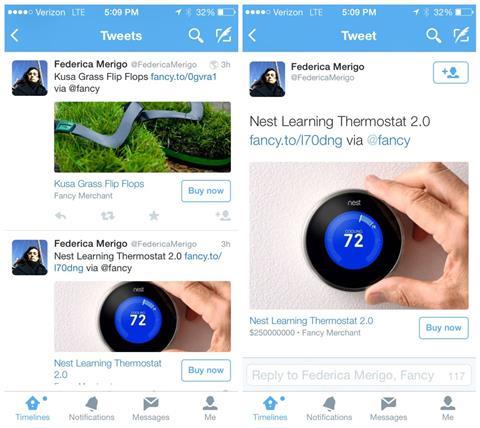
Twitter revealed this week it is testing a ‘buy now’ button in the US. The button, when clicked, provides additional information about a product when it appears in a Twitter user’s newsfeed; purchase can then be completed in a “just a few taps”, according to Twitter.
While the button currently only works for a handful of retailers – including Burberry and The Home Depot – it clearly has huge potential for food and drink retailers. Could it provide a lucrative new way for food brands and retailers to cash in on social media?
Jason Nathan, global multichannel capability director at Dunnhumby, says that while the buy button represents a significant opportunity for the likes of Burberry and Nike, there are challenges that food and drink retailers would need to navigate.
“It’s likely that consumers will be buying food and drink products as part of a wider basket of goods, rather than standalone items, which means a more convoluted technology path – involving a tie-up with retailers’ own platforms – is likely,” he says. “However, this is certainly manageable: BBC Good Food pulls off a similar trick with an ‘Add to Basket’ button for recipe ingredients.”
More difficult would be creating an offer compelling or arresting enough to make customers hit the button. The likes of Disney and Apple can generate an emotional pull that is difficult for fmcg brands to replicate, Nathan says.
“Key to food and drink brands realising the potential of the buy button will be identifying customers most likely to convert by adding the right data context from within the Twitter ecosystem – what was the tone of their last tweet, and how long ago was it? – and then personalising the message, at the right time.
“This personalised approach will be key to brands and retailers avoiding either being ignored or losing followers.”
Phil Stelter, managing director of Unique Digital, whose clients include Kettle Chips and Cussons, thinks a Twitter buy button makes “perfect sense” for food and drink brands that work around time-sensitive, contextual events and releases.
“Just imagine the volume of tweets and revenue that could be generated by a ‘Pound Pukka Pie’ promotion at Premier League football grounds one weekend,” he points out.
“Most people who follow brands on social media do so to get discounts and deals offered online, which is not surprising giving that many consumers are still in a recession mentality,” says Jo Loft, client partner at digital marketing agency Fanatica, which works with Carlsberg and Nestlé.
“With this in mind, there is a great opportunity for food and drink brands to offer time-sensitive discounts or limited editions to their followers and target audience.“
The introduction of Twitter’s buy button could have a major impact on the supply chain, adds Simon Deane, IS & supply director at Wincanton.
“We have seen an increased demand for a more agile approach in recent years from retailers and consumers following the popularity of online orders and click & collect services. This is an evolution of those systems, but will require retailers to reassess their supply chains to ensure that ordering, stock management and logistics work in harmony to match demand.”
But the hurdles facing the buy button could be more mental than physical, according to John Pincott, managing director Europe of Shopatron, a provider of cloud-based ecommerce auto distribution systems.
“If Twitter wants to be a force in ecommerce, it will have to figure out how to get users out of that relaxed mode of ‘what are my friends and favourite celebrities up to?’, and ‘what is trending?’, and shift them into more of a shopping mindset.”
And that’s not going to be as simple as pressing a button.







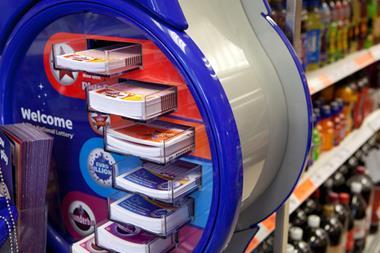
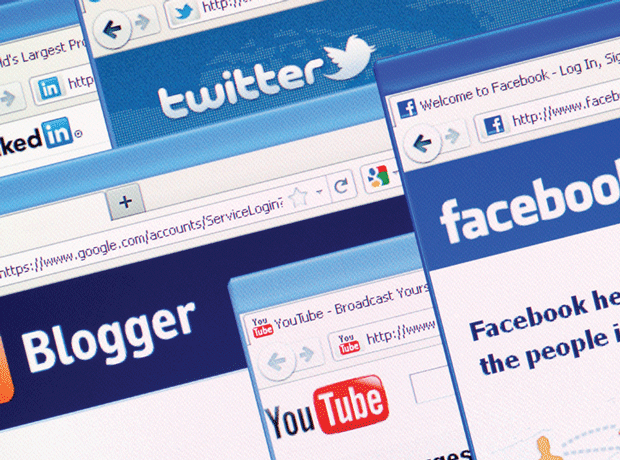
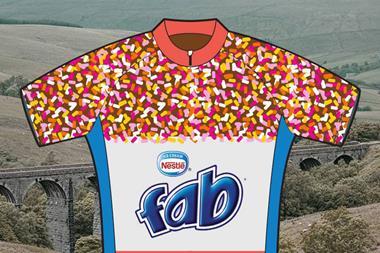
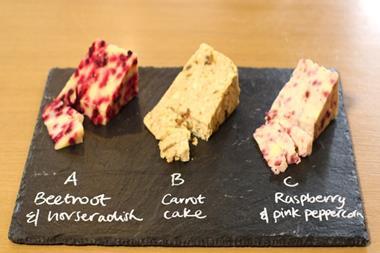
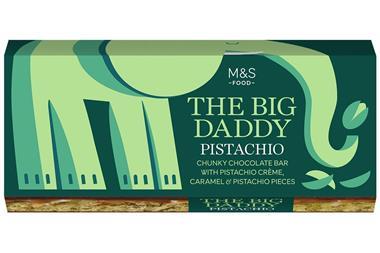






No comments yet